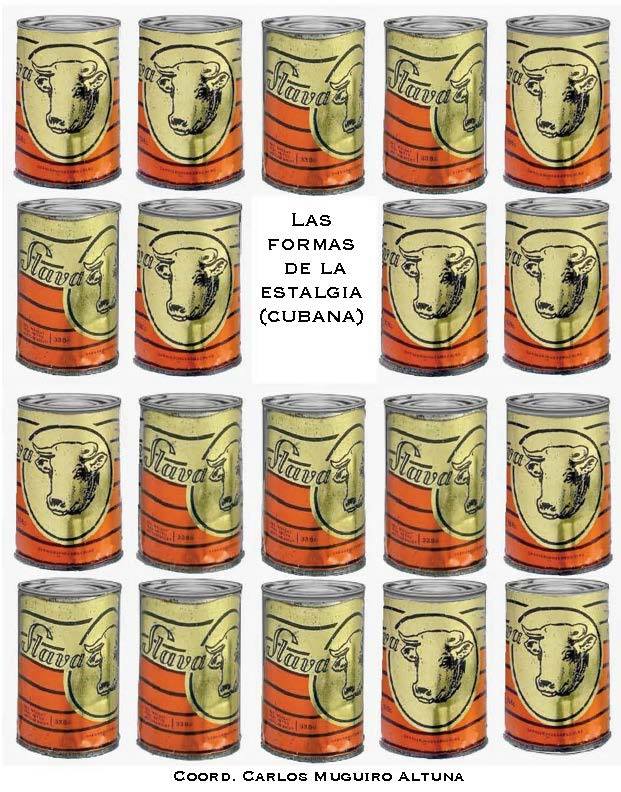Andróginos y ciborgs: monstruos de deconstrucción
DOI:
https://doi.org/10.7203/KAM.5.6465Keywords:
androginia, ciborg, género, feminismo, queer Abstract
Abstract
Resumen
En nuestro corpus, conformado por obras literarias y cinematográficas, los cuerpos monstruosos del ciborg y del andrógino devienen seres fronterizos que cuestionan los parámetros de sexo, género y deseo. Lo humano es puesto en duda y lo invisible se vuelve visible, abriendo un amplio espectro en la naturaleza. En el presente estudio se examinan las figuras del andrógino y del ciborg a la luz de las teorías de género: por un lado, se estudia el lugar de ambos monstruos en el feminismo deconstructivista; por otro, desde la perspectiva queer, ambos puntos de vista vinculados. Para nuestro análisis se tendrán en cuenta conceptos como género/sexo, dualidad sexual, intersexualidad o (hetero)patriarcado.
Palabras clave: androginia, ciborg, género, feminismo, queer.
Abstract
In the works here analyzed –literary as well as filmic discourses- cyborg and androgyne monstrous bodies become frontier beings which question sex, gender and desire patterns. What is human is also questioned, and the invisible turns into visible, thus widening our notion of the natural. In the present study, androgyne and cyborg are examined from a gender perspective: on the one hand, these monsters are taken into account from feminist deconstruction view; on the other hand, we will go back to our works analyzing them from the queer theory perspective. Both feminism and queer theory are, though, related to each other. Throughout our whole study, we will consider terms such as gender/sex, sexual duality, intersex or (hetero)patriarchy.
Key terms: androgyny, cyborg, gender, feminism, queer.
 Downloads
Downloads
Downloads
Published
How to Cite
-
Abstract2708
-
Artículo de investigación (Español)1110
Issue
Section
License
This journal provides an immediate free access to the content on the principle that freely make investigation available to the public, which promotes an increased global knowledge exchange.
Unless otherwise indicated, texts published in this journal are under the license Attribution-NonComercial 4.0 by Creative Commons. These texts may be copied, distributed and publicly communicated whenever the publication’s author and title are quoted and whenever they are not used for commercial purposes. In any case, intellectual property of the articles and its potential economic rights entirely belong to its authors.
The full license can be consulted on https://creativecommons.org/licenses/by-nc/4.0/. We encourage authors to disseminate papers published in Kamchatka. Journal of cultural analysis electronically, in institutional digital repository or in their websites.





